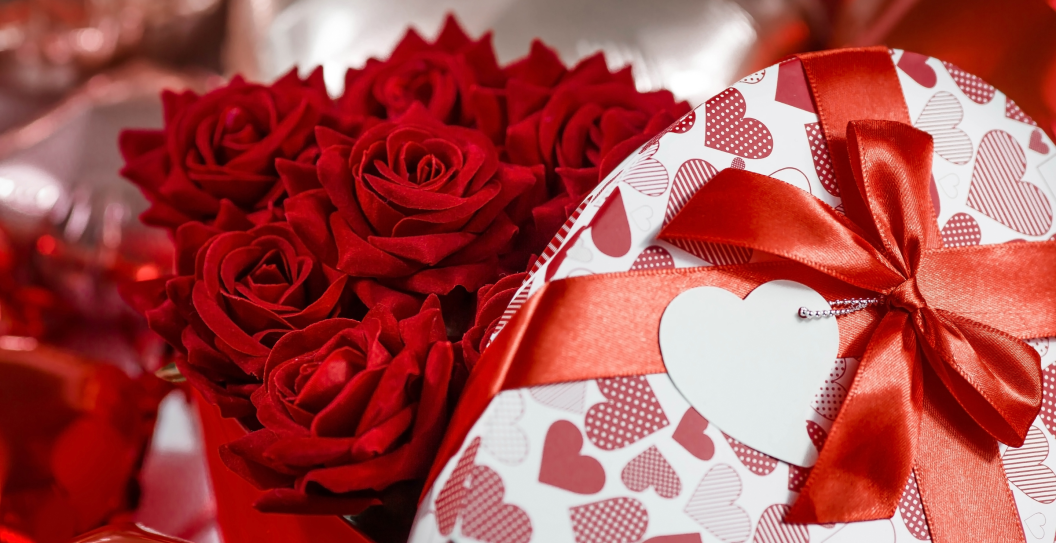The commercialization of February 14th has made the whole production a bit predictable. Florists pull all-nighters preparing bouquets of roses, chocolate companies produce heart-shaped candies like it's going out of style, and men all over the country wait until the very last second to pick out a clichè card from CVS. Every year, we subject ourselves to this monotonous routine of romance because it's tradition.
Videos by Wide Open Country
And because everyone loves love. As much as we love a cheesy Valentine's Day joke at the holiday's expense, it's hard not to love the season of romance (and delicious Valentine's Day candy).
Love is universal. We can all relate to the pain of fresh heartache or the sweet rush of butterflies. We can all connect over the feeling of being swept off our feet or the excitement of a first kiss. And we can all agree that love is a lot more complicated than "when you know you know."
So maybe it's time we tone it down a bit with all the red, pink, and white mush. Everyone and their mother preaches about getting back to the true meaning of these marketing-driven holidays, and the best way to start is by questioning why we do the things we do.
So let's dig a little deeper into the bizarre and contradictory origins and customs of Valentine's Day that may make you question everything you thought you knew about this day of love. These Valentine's Day facts will definitely have you questioning what you know about the holiday.
No one knows how (or why) it started

Maybe it was named after the patron saint who illegally married head-over-heels couples before being sentenced to death. Maybe it was just an ancient nod to the start of spring. Maybe it started as a Roman wine-fueled fertility festival. Honestly? We'll probably never know.
Cupid used to be a Greek god
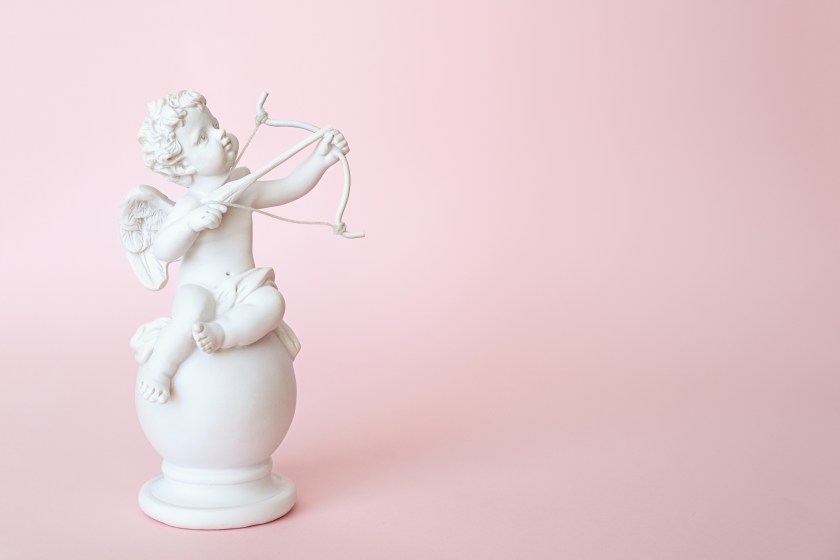
You may know him as the chubby, naked baby with wings that shoots love arrows. But back in 700 B.C., the Greek god of love wasn't named Cupid, but Eros. And he had all the handsome, muscle-bound features we've come to expect from Greek mythology. It wasn't until the 4th century BCE that the Romans decided to give him an infantile makeover.
Pink roses don't mean what you think they mean
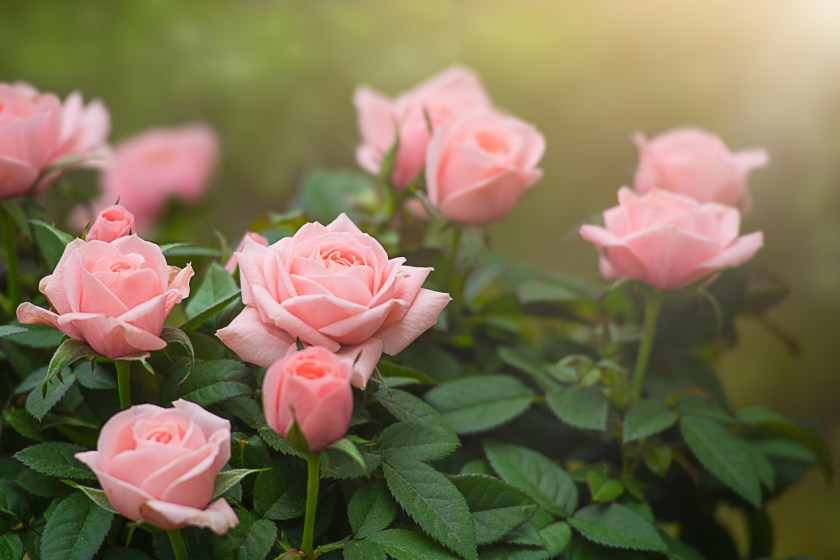
Think twice before you pick up that arrangement of roses because the color actually makes a difference. Red roses symbolize love and passion, pink roses mean admiration, yellow roses convey friendship, and white roses stand for innocence.
Conversation Hearts were introduced as medical lozenges
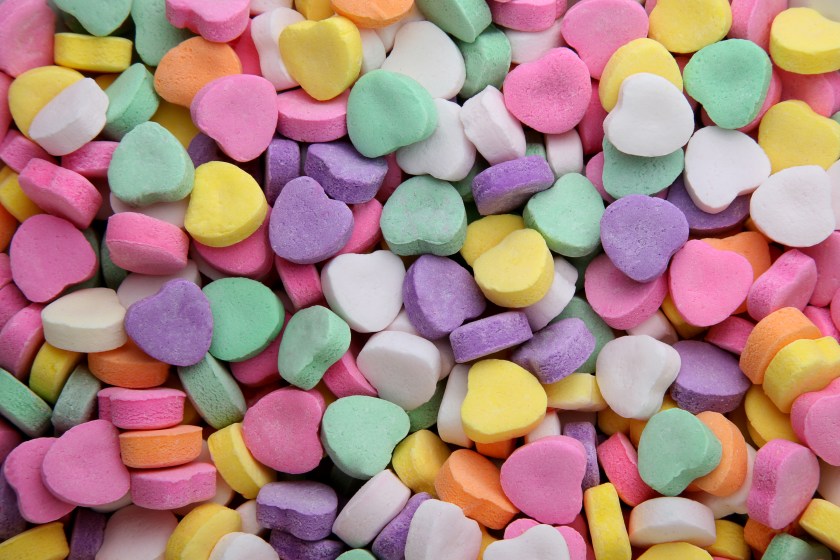
Those sweet little candies with cute sayings like "Be Mine" and "Cutie Pie" weren't always meant to be eaten as a romantic treat. In the 1800s, they were created by a Boston pharmacist as a lozenge to soothe sore throats. It wasn't until 1866 that they were turned into the Valentine's Day staple we know and love today.
And their messages started off super-long
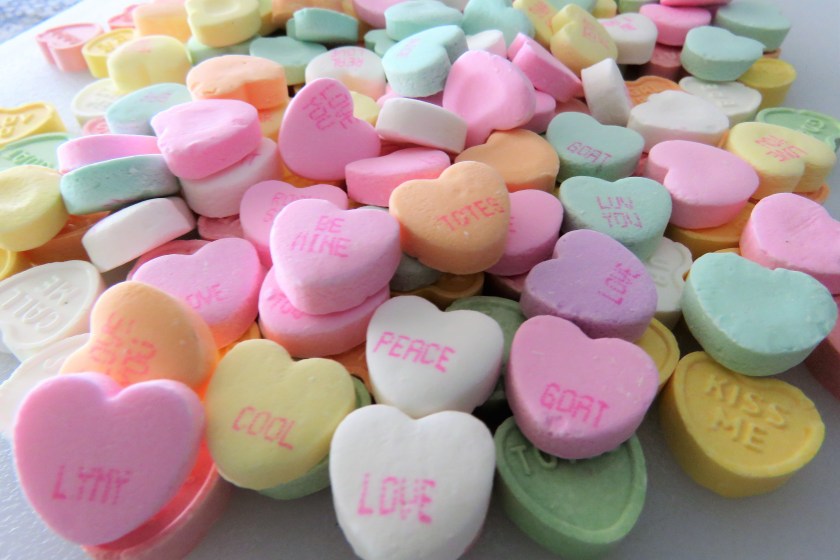
Conversation Heart sayings have really gotten succinct over the years, but they started off as small essays. Popular phrases include: "Married in white, you have chosen right," and "How long shall I have to wait? Please be considerate."
In Japan, women are the primary gift-givers

You can forget the whole "ladies first" rule when in Japan. On February 14th, it's customary for Japanese women to give chocolates to the men in their lives. And the quality of the chocolate is supposed to hint at how they really feel.
Thousands of people write love letters to a fictional icon every year

Most lonely singles spend Valentine's Day eating takeout and watching romantic comedies. But some thousand or so people write letters about their heartaches to Juliet Capulet—the fictional heroine from Shakespeare's "Romeo and Juliet." Volunteers (who are adorably named Juliet's Secretaries) read and respond to each one.
People have been ghosting their Valentine's for centuries

Women in the Victorian Era had a simple fix for unwanted Valentine's Day suitors. They would anonymously send what was called a "vinegar valentine" or a "penny dreadful" to the unwanted pursuer, effectively ghosting them. These cards were full of nasty rhymes and insults instead of sweet sentiments.
Nordic countries celebrate friendship over romantic love

In Finland and Estonia, Valentine's Day isn't just a couple's affair. February 14th is also called "Friendship Day" or "Day of the Friends" and is celebrated by exchanging gifts with friends rather than significant others.
Filipinos get married in mass

Getty
In the Philippines, it's common for hundreds of couples to tie the knot on February 14th in a mass wedding ceremony. It's as romantic as it is time-efficient.
Ghana celebrates the real Valentine's Day hero

Ghanaians know what February 14th is really all about—chocolate. Since 2007, the country has been celebrating Chocolate Day on Valentine's Day. And let's be real, it's why most of us look forward to the holiday anyway.
